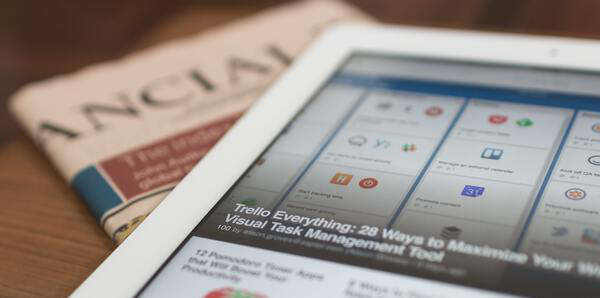This High-Risk, High-Reward Biotech Could Make COVID Less Deadly -- and Make Investors Money
Atea Pharmaceuticals (NASDAQ: AVIR) recently reported phase 2 results for its oral SARS-CoV-2 treatment, AT-527, and the data look promising: AT-527 may offer a convenient, effective treatment to prevent disease progression both in and out of the hospital. If Atea is able to earn regulatory approval for the therapy, it should prove quite profitable for the company and its investors.
It's an opportune moment for Atea to be delivering such news. With the more contagious delta variant now dominant in the U.S. despite the widespread availability of vaccines, the need for effective treatments is once again growing more urgent. As of July 29, the seven-day average number of daily new COVID-19 diagnoses in the U.S. had risen to 71,621, according to The New York Times. The last time the rolling average was that high was Feb. 18, when it was on its way down from its winter peak of nearly 300,000 new cases a day. So far, COVID-19 has already killed more than 628,000 people in the U.S. alone.
According to Atea Pharmaceuticals, interim phase 2 clinical trial results show a rapidly reduced amount of coronavirus in patients taking AT-527. The investigational treatment targets RNA polymerase, the cellular machinery necessary for SARS-CoV-2 to copy itself -- a target shared by Gilead's (NASDAQ: GILD) remdesivir. Patients receiving AT-527 oral treatment experienced an 80% greater reduction in their COVID-19 viral load after two days compared with those receiving placebos, and that difference was maintained eight days after initiation of treatment. Additionally, two weeks after the initiation of treatment, 47% of patients in the AT-527 arm had no detectable coronavirus on nasopharyngeal swabs, compared with 22% in the placebo arm.
Source Fool.com





